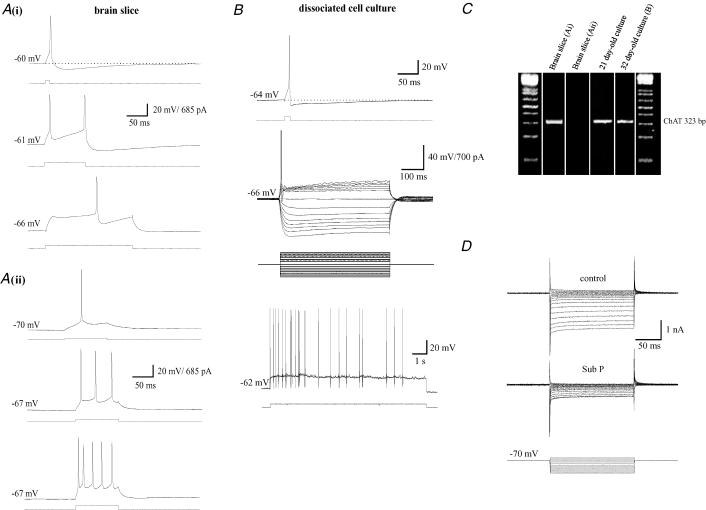Figure 1. Characteristics of basal forebrain (BF) neurones from brain slice and dissociated cell culture preparations.
A, recording from BF neurones in brain slice preparations (13-day-old rats). Ai illustrates the spike after-hyperpolarization (AHP) (upper panels), slow firing rate and pronounced A-type current-induced delay of spike initiation (lower panel) that are typical features of cholinergic basal forebrain neurones. The cholinergic nature of this cell was confirmed using single-cell RT-PCR for ChAT (see panel C, gel lane 1). Aii shows typical firing characteristics (high frequency discharge with no spike AHP) associated with non-cholinergic BF neurones. Again the non-cholinergic nature of the cell was confirmed using RT-PCR (see panel C, lane 2). B illustrates that the firing characteristics of cholinergic BF neurones are still maintained after prolonged periods in culture. The cell shown was from a 32-day-old culture and the recording was carried out using perforated patch recording. Upper, middle and lower panels, respectively, show the spike AHP, I–V relationship and slow rate of firing characteristic of cholinergic neurones in intact preparations. Again the cholinergic nature of the cells was confirmed by RT-PCR (see panel C, lane 4). C, composite gel showing the presence and absence of ChAT (323 bp) reaction product in 4 different BF neurones. Cholinergic BF neurones also express a Substance P-sensitive inward rectifier current (Yamaguchi et al. 1990). D shows that this current is also maintained when the cells are maintained in culture (17-day-old culture). From a holding potential of –70 mV voltage steps from –125 to –55 mV (160 ms duration; 5 mV increments) were imposed to generate an I–V relationship under control conditions (0.5 μm TTX present throughout) and in the presence of 600 nm substance P.

